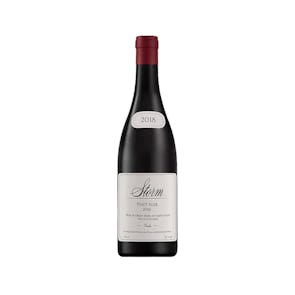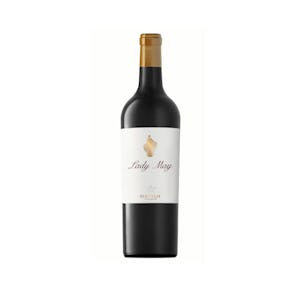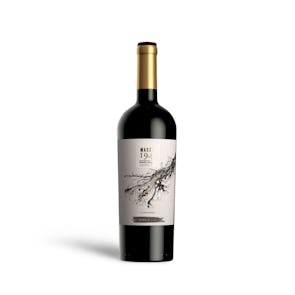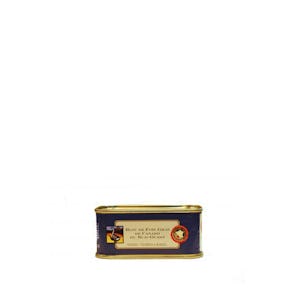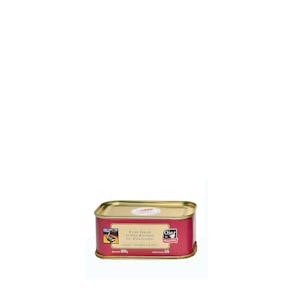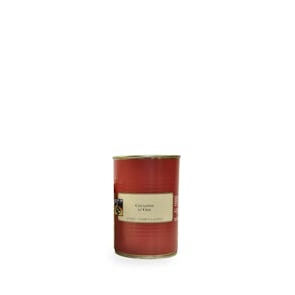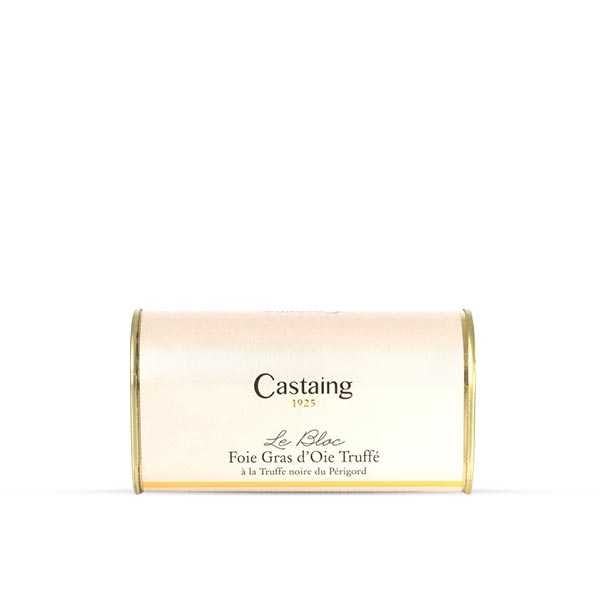
TASTING NOTES FROM THE CURATOR
The goose foie gras is all-natural, made with free-range, traditional farming methods. It is additive-free, preservative-free, and contains no artificial colors or flavors.
The foie gras itself is soft, smooth and creamy, its texture almost buttery. Its fattiness gives it a full flavor, delicate but rich. The addition of truffles lends an earthy, nutty, oaky hint to the delicacy, making it even more delicious.
PREPARATION AND PAIRINGS
The Castaing Block of Goose Foie Gras with Truffles can be seared, then served with some balsamic sauce or caramelized figs. Best handled as little as possible, cut into it thinly with a warm knife, and place it onto a slice of fresh bread. You can complement its savory elements with a swipe of French mustard or a sprinkling of pepper. Or you can play on sweetness with a dollop of fruit jam, or a slice of apple or pear on top. Enjoy with a glass of Pinot Gris, or a Pinot Grigio. If you want something fruitier, a pear cider works too.
A LONG LINE OF EXCELLENCE
The Castaing family have been at the forefront of fine French gastronomy for generations, from as far back as 1900. But it wasn’t until 1925, when Joseph Castaing founded Maison Castaing that the family cemented its role as ambassadors of fine food. Located in Landes in the South of France, the company makes and distributes the finest foie gras, terrines, confit, and other gastronomic delights to various prestigious hotels, restaurants, retailers, and delicatessens worldwide.
Storage Instructions
Unopened cases of foie gras can be kept in the pantry for up to 4 years at a temperature of 10 to 15°C. Once you open the case, transfer the foie gras into an airtight glass container and it will keep in the fridge for up to 3 days. Bring it to room temperature before serving.



